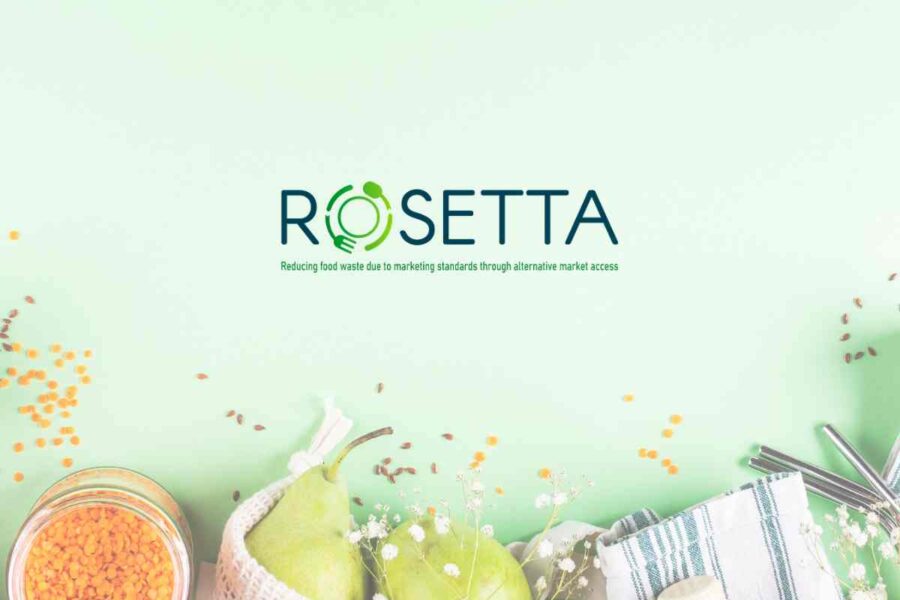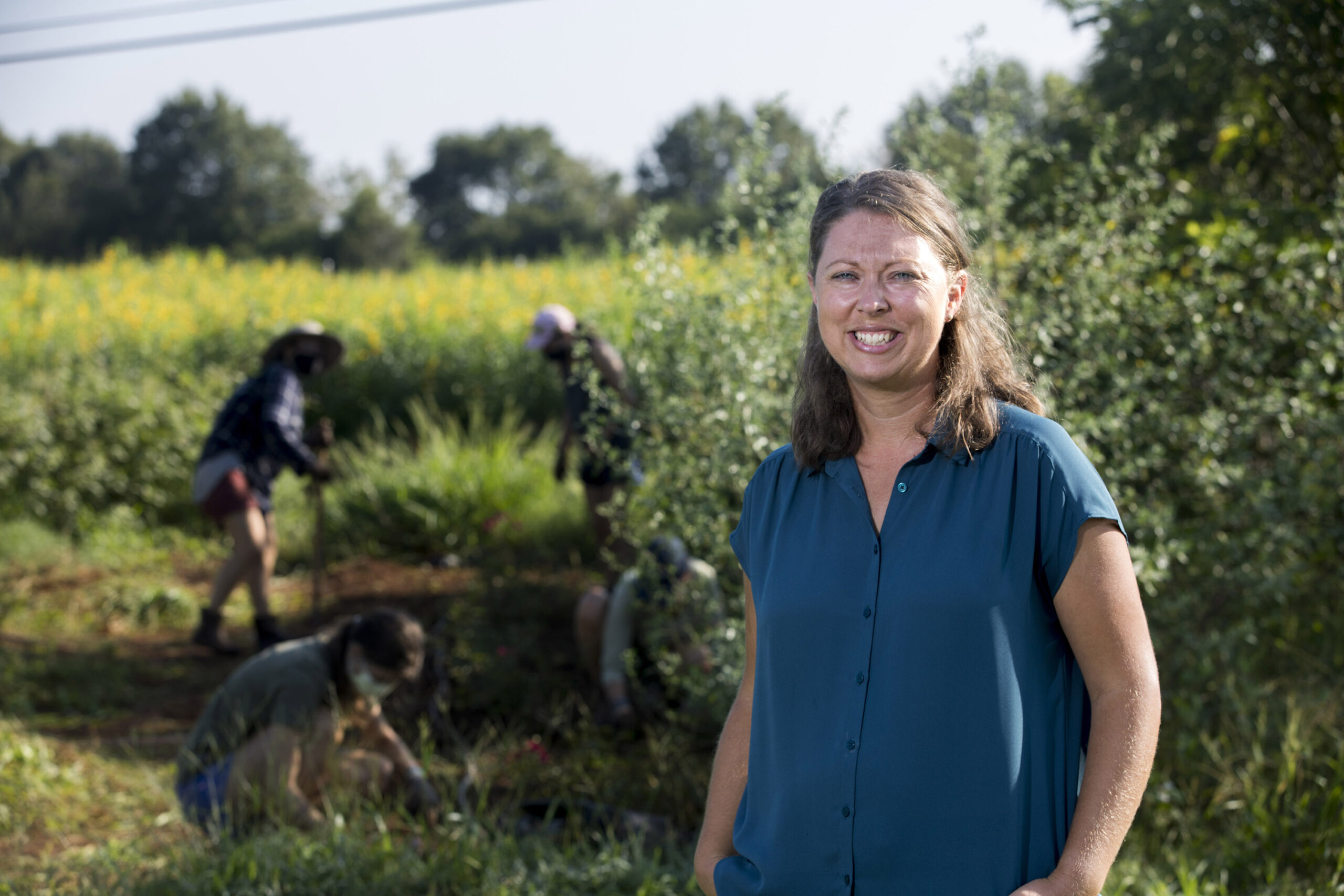
Global Celebration of SDG Target 4.7 on April 7, 2025
Overview of the Event
On April 7, 2025, learners and schools worldwide participated in a symbolic celebration emphasizing Sustainable Development Goal (SDG) Target 4.7. This target focuses on education for sustainable development, global citizenship, human rights, gender equality, and peace.
Objectives and Significance
- Promote education as a tool for fostering justice, inclusivity, and sustainability.
- Highlight the role of education in achieving multiple SDGs, including quality education (SDG 4), gender equality (SDG 5), reduced inequalities (SDG 10), and peace, justice, and strong institutions (SDG 16).
- Empower young people to express their commitment to sustainable development through creative means.
Activities and Impact
- Participants used chalk to create vibrant artworks on sidewalks, schoolyards, and hallways.
- These artworks served as bold statements advocating for change aligned with the principles of SDG Target 4.7.
- The initiative fostered awareness about the importance of education not only as knowledge acquisition but as a pathway to justice, equity, and sustainability.
Conclusion
The global event on April 7, 2025, underscored the critical role of education in advancing the Sustainable Development Goals. By engaging learners creatively, it reinforced the message that education is fundamental to building a just, inclusive, and sustainable future for all.
1. Which SDGs are addressed or connected to the issues highlighted in the article?
- SDG 4: Quality Education – The article focuses on education, specifically highlighting SDG Target 4.7, which promotes education for sustainable development, global citizenship, human rights, gender equality, and peace.
- SDG 5: Gender Equality – Gender equality is explicitly mentioned as part of the education goals promoted in the article.
- SDG 16: Peace, Justice and Strong Institutions – The article references human rights and peace, which are core elements of SDG 16.
- SDG 17: Partnerships for the Goals – The global participation of learners and schools suggests collaboration and partnerships to achieve the goals.
2. What specific targets under those SDGs can be identified based on the article’s content?
- Target 4.7 (under SDG 4): Ensure that all learners acquire knowledge and skills needed to promote sustainable development, including education for sustainable development and sustainable lifestyles, human rights, gender equality, promotion of a culture of peace and non-violence, global citizenship, and appreciation of cultural diversity.
- Target 5.1 (under SDG 5): End all forms of discrimination against all women and girls everywhere (implied through the promotion of gender equality in education).
- Target 16.7 (under SDG 16): Ensure responsive, inclusive, participatory and representative decision-making at all levels (implied through education promoting human rights and peace).
- Target 17.17 (under SDG 17): Encourage and promote effective public, public-private and civil society partnerships (implied by global participation in the celebration).
3. Are there any indicators mentioned or implied in the article that can be used to measure progress towards the identified targets?
- Indicator 4.7.1: Extent to which (i) global citizenship education and (ii) education for sustainable development, including gender equality and human rights, are mainstreamed at all levels in: (a) national education policies; (b) curricula; (c) teacher education; and (d) student assessment.
- Implied indicators related to participation and awareness:
- Number of learners and schools participating in global events promoting SDG 4.7 themes.
- Qualitative measures of awareness and engagement in education for sustainable development, human rights, gender equality, and peace.
4. Table: SDGs, Targets and Indicators
| SDGs | Targets | Indicators |
|---|---|---|
| SDG 4: Quality Education | Target 4.7: Ensure all learners acquire knowledge and skills for sustainable development, global citizenship, human rights, gender equality, and peace. | Indicator 4.7.1: Extent of mainstreaming global citizenship education and education for sustainable development in policies, curricula, teacher education, and student assessment. |
| SDG 5: Gender Equality | Target 5.1: End discrimination against women and girls (implied through education for gender equality). | Indicator 4.7.1 (partially relevant): Inclusion of gender equality education within curricula and policies. |
| SDG 16: Peace, Justice and Strong Institutions | Target 16.7: Ensure inclusive, participatory decision-making (implied through education promoting human rights and peace). | Qualitative indicators on education promoting human rights and peace awareness. |
| SDG 17: Partnerships for the Goals | Target 17.17: Promote effective partnerships (implied by global participation in the celebration). | Number of global partnerships and collaborative events involving learners and schools. |
Source: unesco.org







